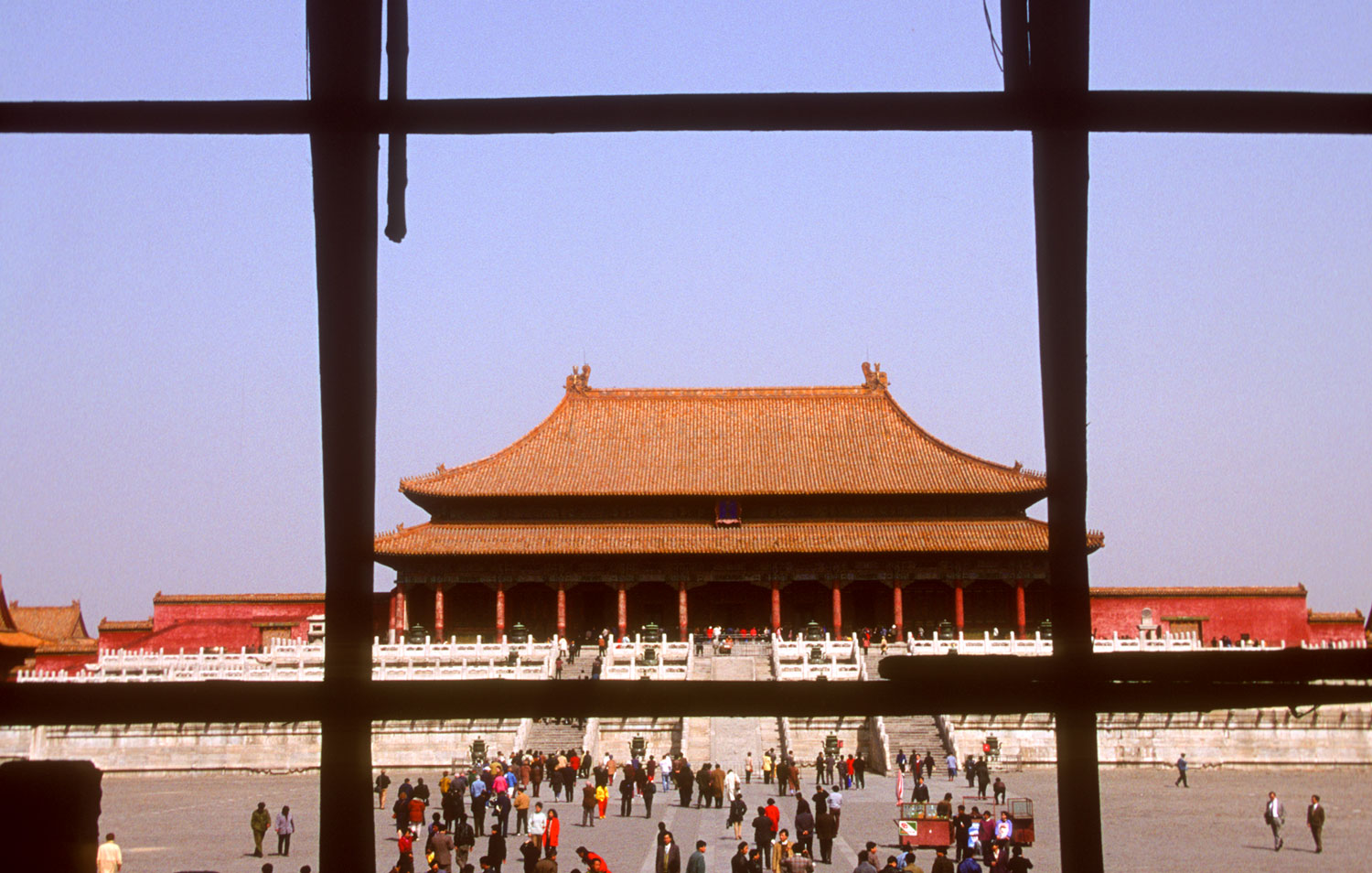Scaffolding the World
Photos by Forrest Anderson
How many times have you arrived at a much-anticipated tourist site only to find that all or part of it is shrouded in scaffolding?
Big Ben, Notre Dame Cathedral, the Statue of Liberty, the Forbidden City, Versailles – no historic site is immune to what is to visitors a disappointing annoyance.
“Why did they have to cover it up now?” is a common lament.
We all want to believe that the earth’s cultural and historical heritage is a permanent fixture. The pyramids will always loom over Egypt and the Great Wall will snake through China, waiting stoically for us to travel to them and bask in their beauty and grandeur in the midst of a glorious scene from a travel brochure.
Nothing could be farther than the truth. Historic buildings, even those as ancient as the pyramids, are constructed of materials that are steadily working toward crumbling to dust. They are helped along by a variety of factors:
- The elements – wind, rain, snow, the sun – take a constant toll on historic buildings. Notre Dame in Paris, for example, not infrequently has had priceless pieces of carved stone blow off in the winds that sweep the Ile de la Cité on which it is located.
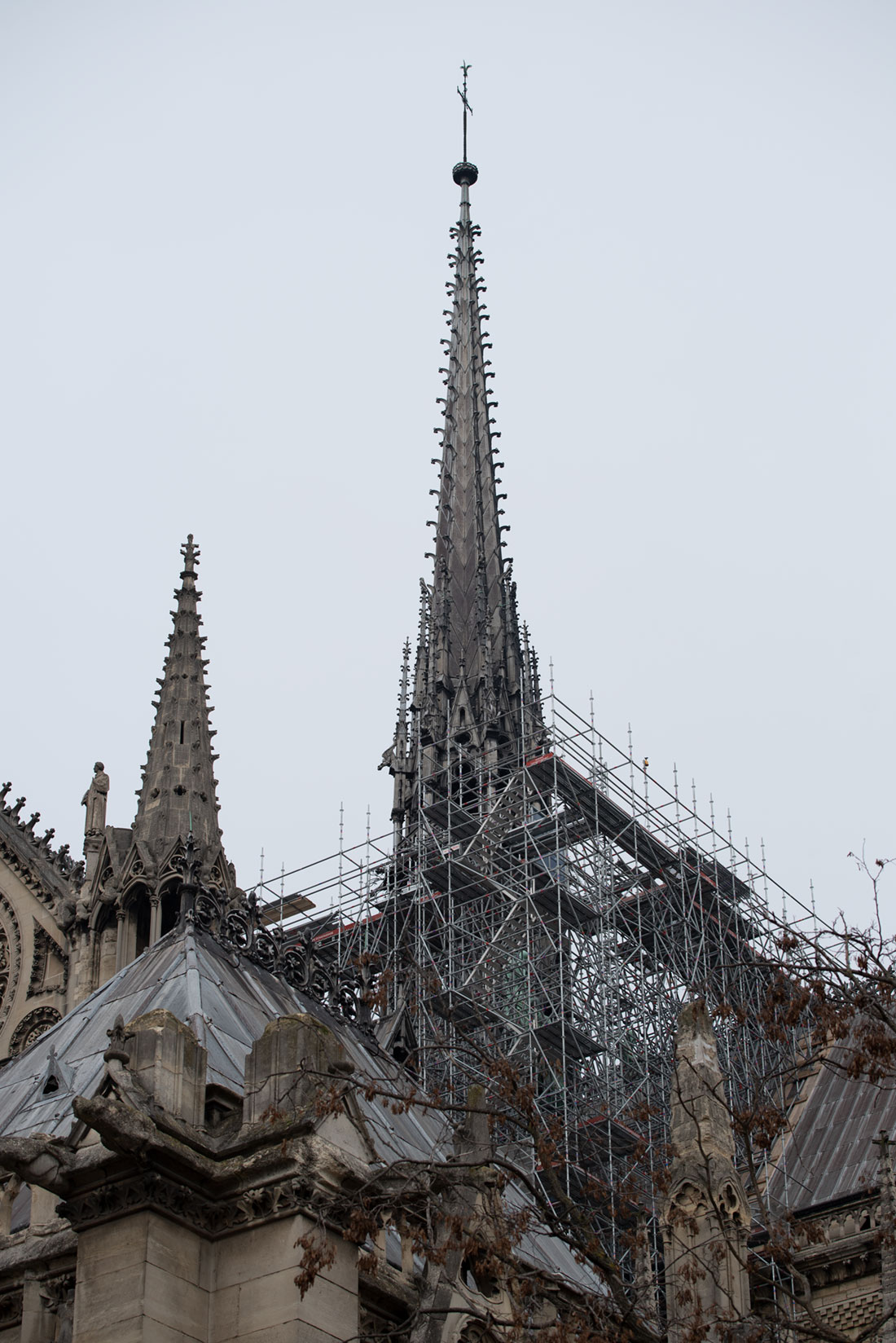
Notre Dame Cathedral in Paris, its towers engulfed in scaffolding as restoration work moves forward.
- Many other sites, because of the impermanent materials with which they were constructed, are their own worst enemies. The Forbidden City in Beijing is a compound of mostly wooden post-and-beam palaces. Over the centuries, fire and natural deterioration of the wooden structures have necessitated on-going rebuilding and restoration efforts that continue apace today. Other palaces and temples throughout Asia have the same challenges.
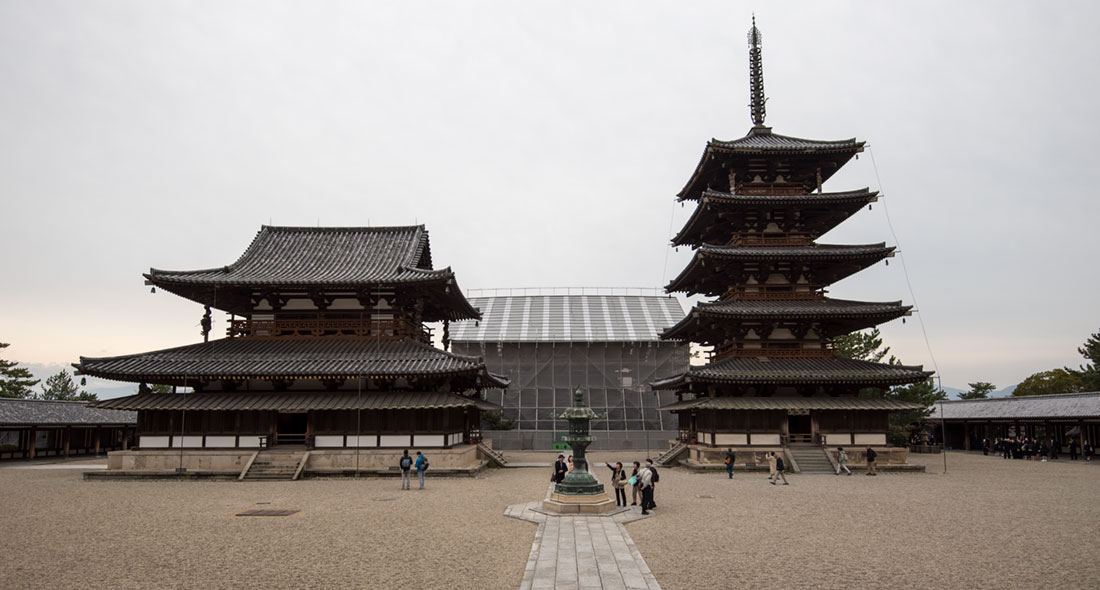
A scaffolded structure under restoration behind two other historic buildings at Horyuji Temple in Nara, Japan.
- Most major historical sites weren’t built for the uses to which they are subjected today. Palaces were once the sequestered private venues of royalty, many of their spaces lightly used and meticulously maintained. Churches and temples were mainly used only on feast days or for a few hours on Sundays by devout and respectful users. Castles and other fortifications were designed to keep the hordes out, not to let them in. In the past five years, as global tourism has boomed in all parts of the world, many historical sites are being loved to death. France, the most visited country in the world, has almost 90 million tourists per year and Italy more than 50 million, thanks to a boom in low-cost airlines and the cruise-ship industry as well as Airbnb making living accommodations less expensive. Other factors include China’s and India’s rising middle class, many of whom have become avid travelers.
- Global warming has extended summer seasons, opening up new areas that previously were not comfortable tourist spots in cold weather. Government marketing campaigns to stimulate tourism, launched after the 2009 financial crisis, also have worked all too well. They have created tourism industries that now employ millions of people.
- All of this has resulted in hordes of tourists filing through historic sites, some respectfully and others not so much. Notre Dame Cathedral, for example, gets more than 13 million visitors annually, which is an average of 30,000 people per day. On peak religious days, this goes up to 50,000. This while trying to be a working church where worshippers pray, take confession and other Catholic ordinances are performed.
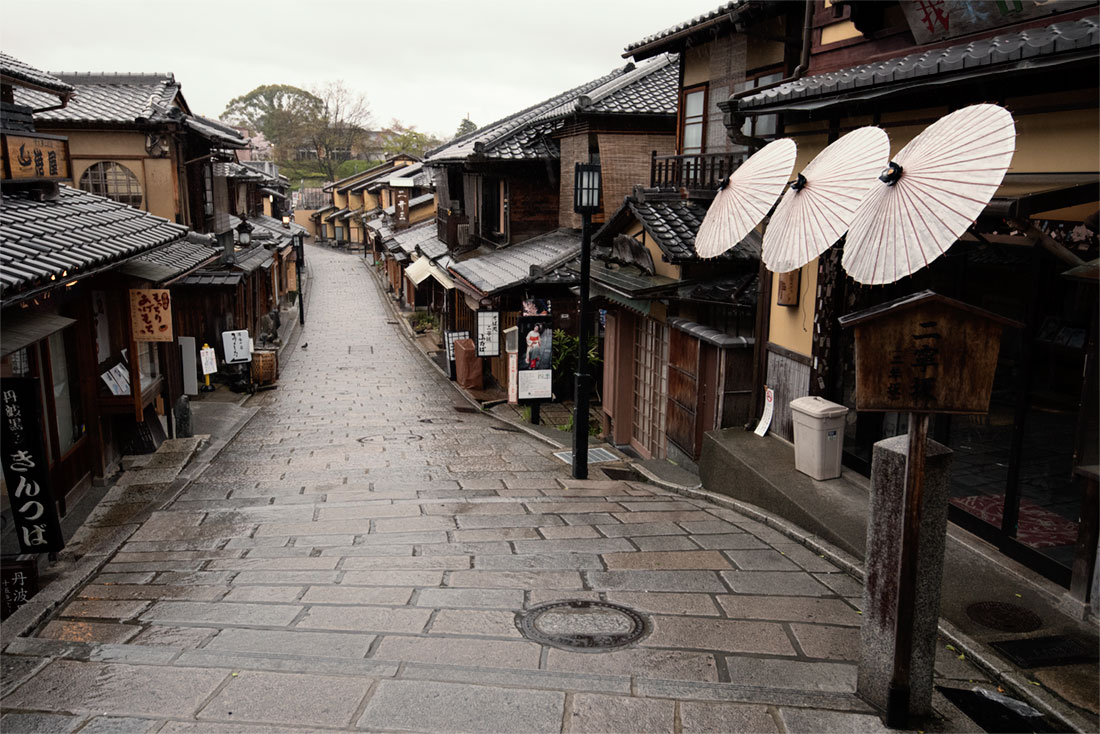
We all want to believe we are going to see this when we visit historical sites like the traditional Hagashiyama District in Kyoto, Japan.

Instead, this is what most of us see there. To take the previous uncrowded photo, the photographer had to go at dawn in a rainstorm.
- Other threats to historical sites include pollution, especially acid rain, which can melt away stone carvings. It happens when fossil fuel emissions containing sulfure dioxide combine with moisture to form acidic rain. When it falls on limestone or marble, it corrodes and dissolves them. This has been a major problem in Rome, Beijing and other cities with historical sites that have marble and limestone. The damage is irreversible and priceless carvings have to be replaced with replicas, often of inferior quality. Fortunately, atmospheric sulfur dioxide has declined in recent years in some countries. In the United States, there has been a large reduction. Traffic also is limited near some historical monuments to lessen the impact of pollution.
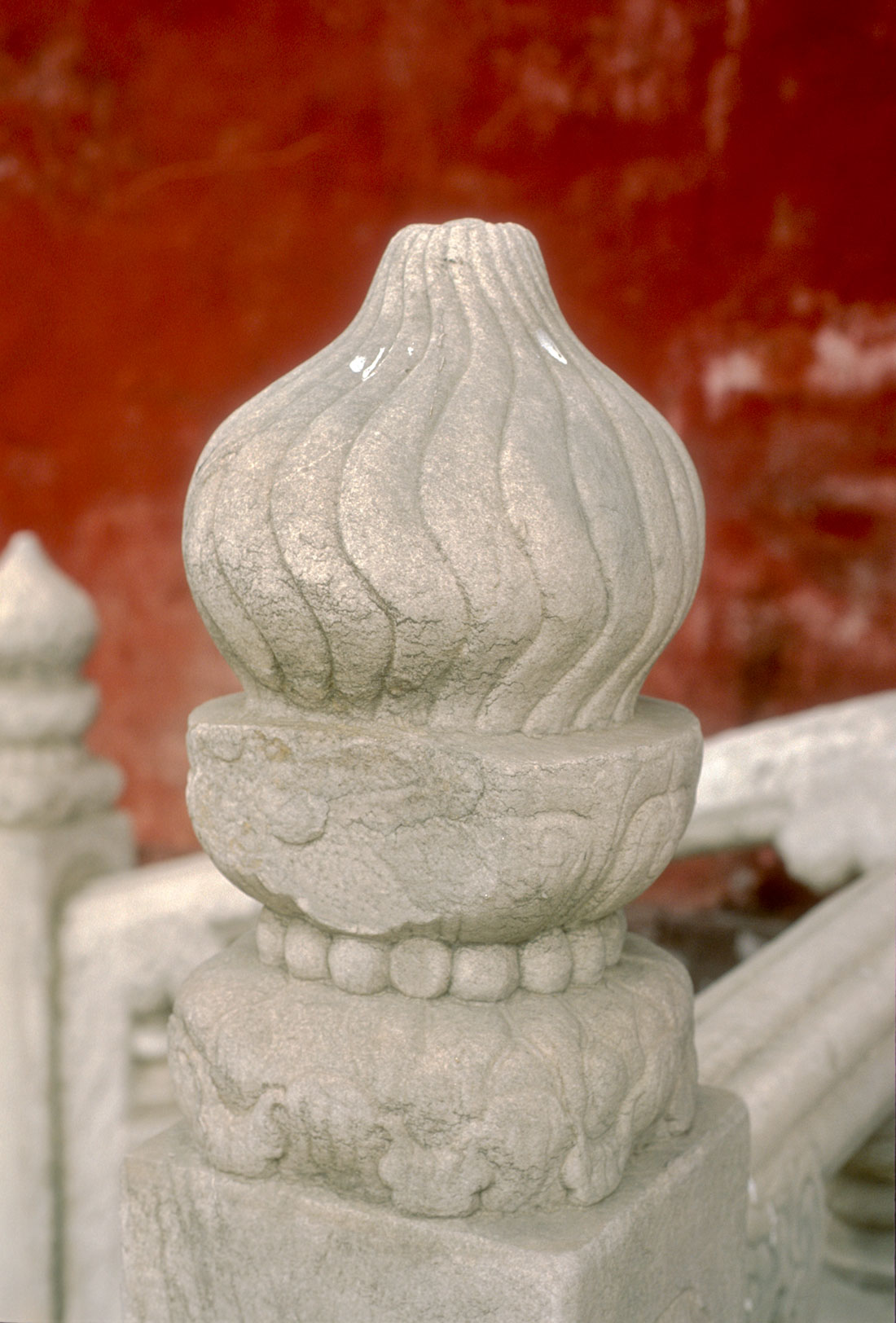
This marble detail on a ballustrade at the Forbidden City was melting away in Beijing's heavy pollution. Many marble carvings there have had to be replaced.
- Global warming also places historic buildings at risk by increasing heat and humidity – both major causes of materials deteriorating.
All of these factors have taken a toll on fragile historical sites. So how does all this connect to scaffolding?
Scaffolding is one of the major tools used to conserve, restore and inspect the safety of historical buildings as well as to study them. It is used to give historical architects access to high places on buildings so they can decide what parts need restored and how. Workers climb on scaffolding to clean and remove algae and lichen from buildings, restore damaged walls and roofs. They place damaged parts of buildings on scaffolding to restore them. They climb on scaffolding to install and repair electrical equipment on buildings. Craftsmen ascend scaffolding to repair masonry, decorative details, roofs, rainwater systems, plaster and gilding. Photographers climb scaffolding to photograph stone, glass and carving on buildings for historical research. Sculptors repair statuary while working on scaffolding. Historians and archeologists perch on scaffolding while they research the art history of buildings. Inspectors make sure buildings are safe by viewing them on scaffolding.
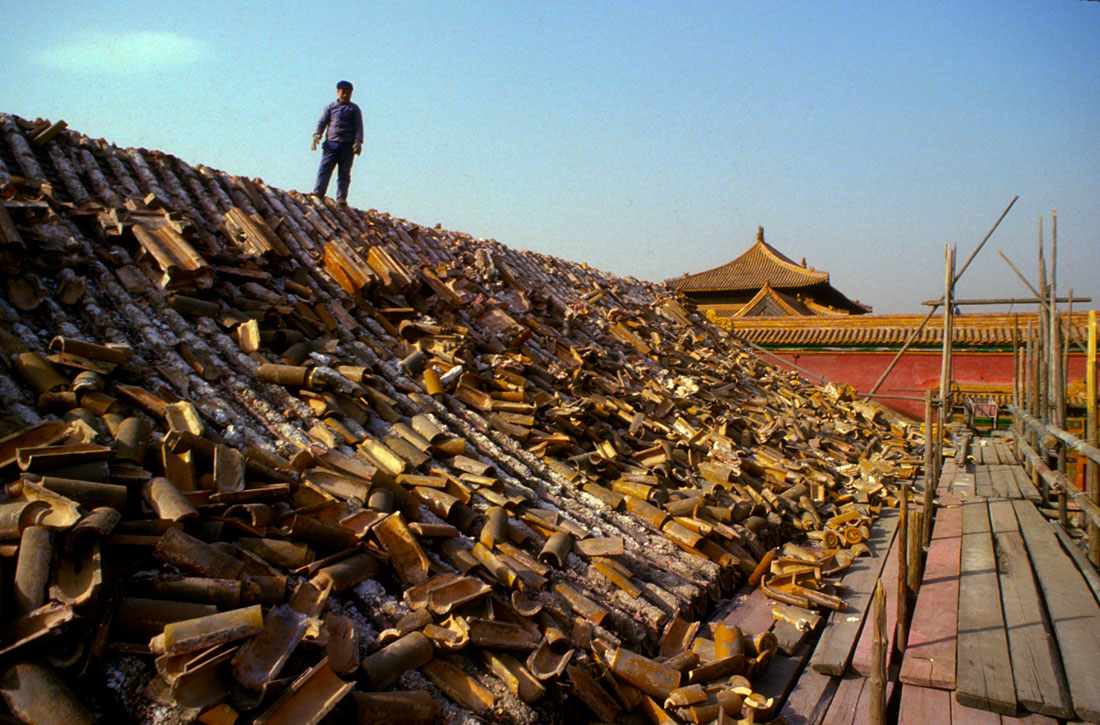
Scaffolding on this palace at the Forbidden City provided access for this worker to strip off these broken tiles so that the palace could be reroofed.
On a historical building, scaffolding must be done with great care to avoid damage to the structure. Scaffolding needs to be an independent structure that can support its own weight but also needs to be carefully tied to a building so that it can’t be knocked by wind into the building. Tying scaffolding to a historic building can be very difficult. When a building is too fragile, scaffolding needs to have its own external buttresses or the external scaffolding must be tied through windows to an internal scaffolding. The windows sometimes are removed if they contain historic glass that could be damaged. Sometimes scaffolding needs to be anchored to stone and stainless steel parts must be used to avoid rust stains on the stone. Stainless steel connecting parts also must be used to eliminate the risk of them rusting and failing. All points of contact where scaffolding could touch and scar a wall if it moved need to have protective plastic.
Sometimes push ties, which push into a structure using foam or wood, are used to stabilize and protect a building from being damaged by scaffolding.
Scaffolding also needs to be erected carefully so it is safe for those working on it and those passing beneath it, a major consideration with heavily used public historical sites.
Sometimes scaffolding becomes or is integrated with shoring, which is a structure that is used to shore up a building that is in danger of collapse or to hold it while a supporting part is removed to be repaired or changed.
Scaffolding needs a firm foundation of rammed earth and decks. Sometimes excavations for foundations for scaffolding are required and archeaologists need to supervise the digging.
Scaffolding must be designed upfront with all of the purposes for which it will be used in mind, as it is expensive to erect. Because of the cost and impact on tourism of scaffolding, historical site managers are reluctant to scaffold an entire building, so the same scaffolding often is moved around a building as restoration is done over several years.
When scaffolding is erected inside a building, the floor must be able to safely bear the weight. Care also needs to be taken in historic buildings that have projections such as cornices and arches to avoid damaging them with scaffolding.
When scaffolding is covered with sheeting for weather protection, it must be very sturdy to take the load of wind blowing on it and fireproof so that if a section is exposed to a spark, it won't catch fire and spread to the entire building. Sometimes historical sites print photographs of the building or ads about exhibitions on the sheeting. The printing of ads on sheeting placed on historical buildings in Venice caused an outcry from local citizens who felt that their cultural heritage was being obscured by commercialism.

Graphics advertising an exhibition at Versailles cover scaffolding on a portion of the palace.
Sometimes temporary roofs or buildings are placed over historical buildings, and they have to be engineered to make sure they won’t blow away in the wind.
Scaffolding that is at risk from lightning strikes needs to be grounded.
Scaffolding can make it easier for intruders to enter a building, so extra security measures need to be taken to make sure that won’t happen.
The goal of scaffolding on a historic building is that when the restoration work is done and it’s removed, no one will know the scaffolding was ever there.
Annoying or not, scaffolding is a valuable tool in preserving the world’s architectural heritage and ensuring that history can continue to be told through historic sites. Meticulous work by specialists can be performed on and because of scaffolding. The total cost of this type of work can be astronomical. The Roman Colosseum, for example, recently has been restored in a $30 million project. Notre Dame needs an estimated $180 million restoration.
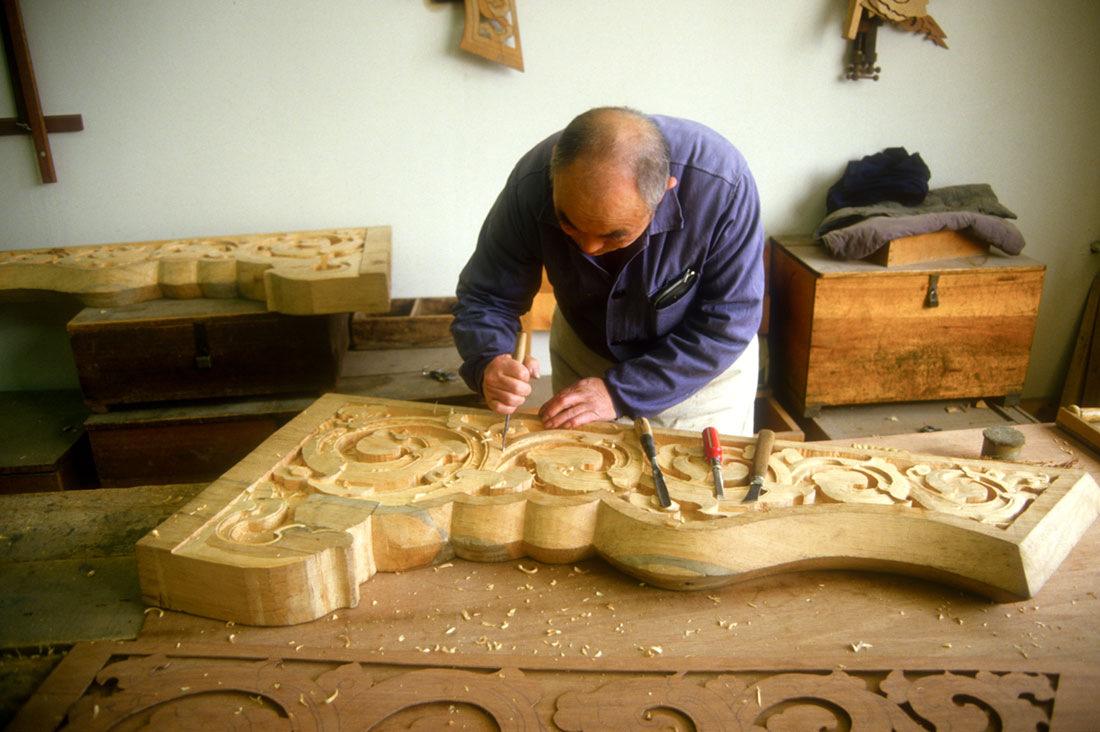
A replica of a carving on a palace at the Forbidden City being made in a workshop before being lifted into place on the palace.
A variety of strategies to limit damage to historical sites while still attracting tourist dollars are being implemented at a wide variety of tourist sites. High fines for vandals of historical sites have been imposed in Rome and other cities. Advance reservations or high entrance fees are being charged at fragile sites such as the Dunhuang caves in western China. Shuttles are being used at popular nature areas such as Zion National Park in Utah to cut down damaging emissions from cars. Some parts of tourist sites are closed on certain days to limit wear and tear on them, and tourists must tour some sites in semi-darkness to protect valuable textile and wood artifacts from damaging light. Increased security measures have added to the costs of running tourist sites worldwide. Always there is the need to achieve a balance between making visitors feel welcome and protecting and restoring historic sites.
Nonetheless, the preservation of historic sites worldwide is still losing ground, helped along by crowds of, well, all of us. So next time you see irritating scaffolding at a destination spot, consider it a reminder to slip some money in the donation box. It’s the price we all need to pay to preserve our world's heritage.
Related photos:
Check out these related items
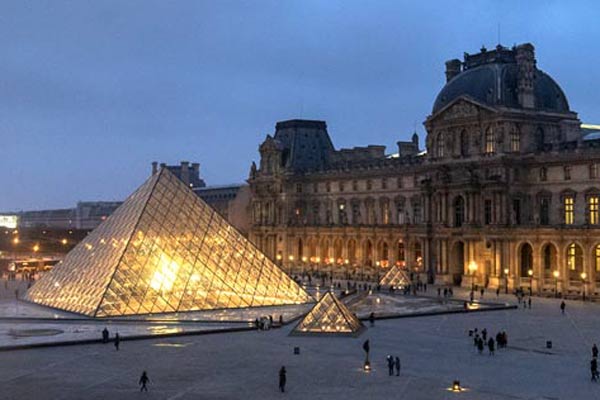
What is the Louvre?
The former palace, the world's largest museum, music video and fashion show venue, and global brand has never been more cool.
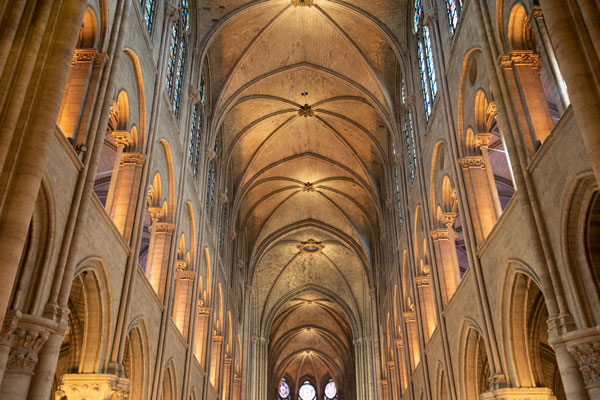
The World Mourns Notre Dame
Notre Dame Cathedral of Paris, France's national cathedral, was badly damaged in a fire.
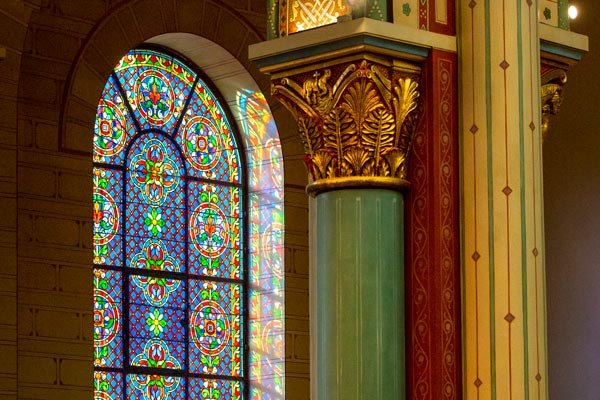
Paris’s Oldest Church Restored
Paris' oldest church, Saint Germain des Prés, is emerging from layers of grime and soot as a meticulous restoration reveals its vibrant color.
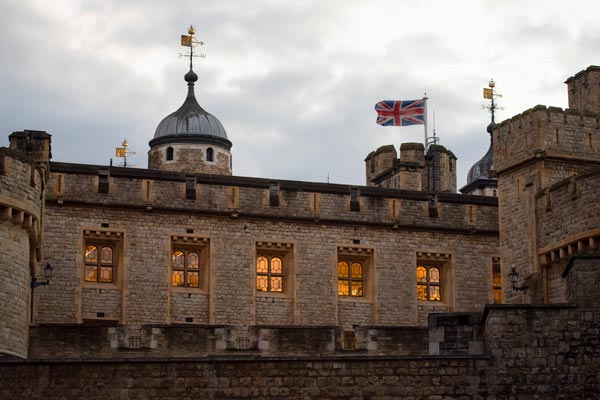
The Tower of London
The Tower of London, enduring symbol of the British monarchy, combines royal pageantry with warfare, court intrigue and executions.

Traces of an Ancient Superpower
Traces of an ancient Chinese superpower remain far away in Japan, the eastern end of the Silk Road.
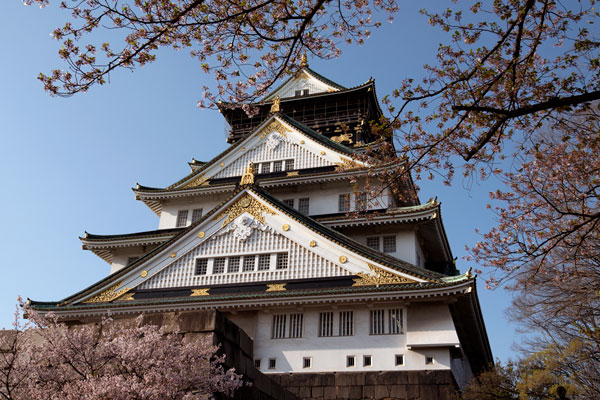
Battle of the Samurai
Osaka Castle marks the site of an epic samurai battle and one of the most important turning points in Japanese history.
